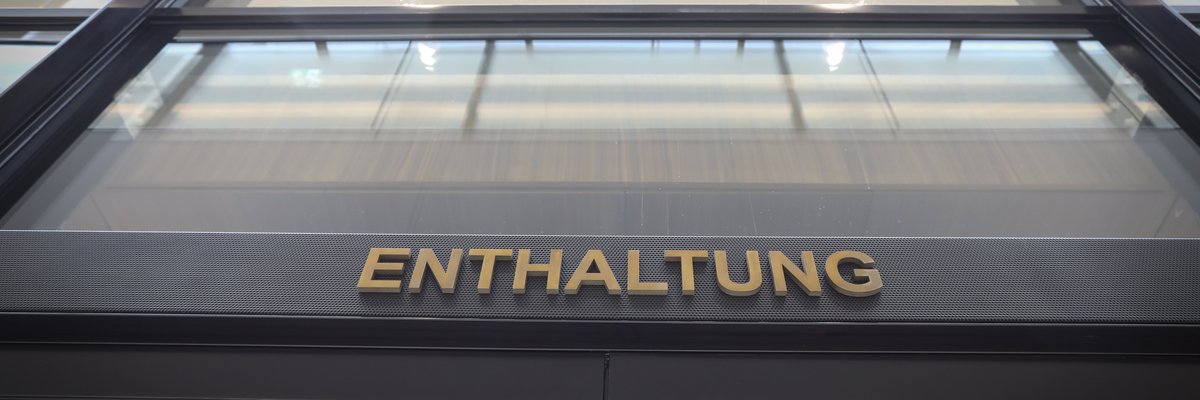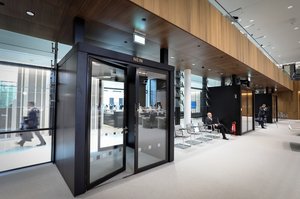Voting methods

From relative and absolute majorities


The State Parliament reaches its decisions by majority resolution. The President can take votes by MPs by a show of hands, standing up, individually by roll call or by so-called division. For most decisions, a relative majority is required, i.e. the majority of the votes cast. This majority is often referred to as a simple majority. For special decisions, however, the constitution requires qualified majorities: for example an absolute majority or a two-thirds majority.
For example, the constitution of Lower Saxony can only be changed with a two-thirds majority. When such a large majority is required, it usually means that the votes of both the government majority and the opposition are needed to bring about a change to the constitution. An absolute majority is required for the election of the state’s prime minister – more than half of all votes of the members of the State Parliament are needed. If an absolute majority or a two-thirds majority is required, the President holds the vote by roll call. Votes must be cast by name if requested by at least ten members of the State Parliament.
If the result of a vote is indecisive twice, the President holds the vote again by division. This is where all of the delegates leave the plenary hall and re-enter it through dedicated doors labelled ‘Yes’, ‘No’ or ‘Abstain’. This process is, however, very rare. The German word for this division process is ‘Hammelsprung’ and comes from the old Berlin Reichstag building: one of the voting doors of its plenary hall featured a symbol from Greek mythology. It showed the blinded giant Polyphemus from Homer’s Odyssey counting his sheep as they passed between his legs.
